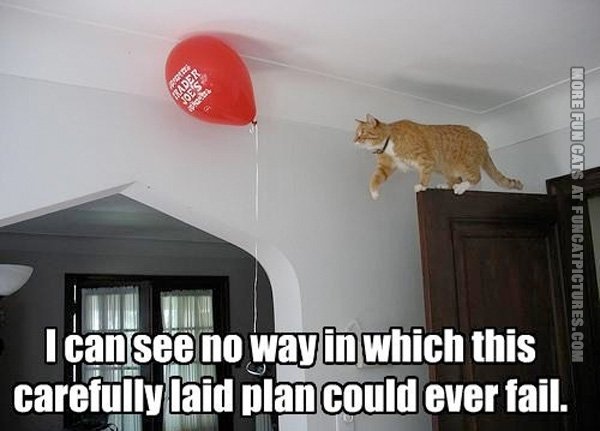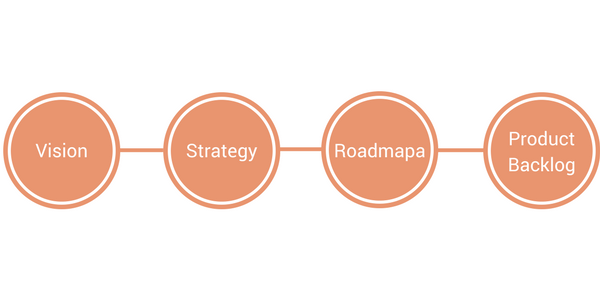Vision, strategy, roadmap – do I need it?
The implementation of innovative services or products is not limited to happiness, hard work or knowledge of the field. While the above factors may prove to be extremely useful, you are far away from success without a defined vision, strategy, roadmap and backlog. In this article you will learn how to tidy up product development to create a solution that everyone will love!
Wide image
Should I run out to the future to be successful? No doubt yes!

Focusing only on the coming weeks (in the Scrum, for example on the nearest sprint) without a defined vision and strategy, can lead you to a dead end. While this approach can be justified under conditions of extreme uncertainty and a very dynamic environment, the success of any solution starts with the right strategic decision. Sometimes we can also find the opposite situation – we are visionaries of our product in the future, but we do not have a specific plan for the next week. Neither one approach is quite right and the correct balance between “big” and “small” image will bring you closer to stable growth.
Action plan
So how to approach product development from general to specific? You need both a high level plan and a sufficiently detailed plan. This will help you define sequences of vision, strategy, roadmap and product backlog.

Vision
The vision is really a description of your main reason for deciding to create a product. It should be “backed up” by your motivation, as well as the positive change that is to be made. Remember that you have to believe in the product you are creating! The vision answers the question – why do I make a product? It will also help you in defining lower level solutions.
Example: I want to create a solution that will help manage household finances and control home budget. This way, people will be able to effectively manage their budget and be more aware of their expenses.
According to Roman Pichler, the vision should be characterized by four factors: to be large, inspirational, concise and accessible. A big vision, such as “being aware of your expenses” increases the chances of purchasing a product by people with narrower perspective, such as “I want to save money for my next vacation.” Moreover, it is easier to change the strategy (if necessary) while maintaining the same vision. Briefness makes the vision easy to communicate and understand.
Inspirational vision provides motivation and gives the direction to development. The vision facilitates collaboration, unites people and ensures continuity in a changing environment.
Strategy
Strategy is a high level plan that helps you achieve your vision and goal. Defines how the vision will be realized. It would be helpful to find answers for the following questions: for who is the product, what need or problem it solves, why should someone use our solution, what is the product, what are the business goals, why should you invest in this solution or what sets us apart from competitors. There are several helpful techniques and tools that help define the strategy and its key elements: market and needs, core business functions and objectives.
Also keep in mind that strategy is not the final plan for your product. With the increase in awareness or maturity of the solution, your plan should also change. Therefore, review your strategy at least quarterly.
Roadmap
A roadmap is a description of the implementation of your strategy. It’s as if you’ve defined a strategy that has been translated into specific actions with the established dates, key functions, and goals.
Product Backlog
At the very end there is a product backlog that includes the details needed to complete the roadmaps: diagrams, mockups, detailed tasks (in Scrum user stories and epics). Make sure your backlog is characterized by the DEEP rule (detailed appropriately, emergent, estimated, and prioritized). I would also like to emphasize that changes made to a product backlog can affect a roadmap, strategy or even vision. Changes also work in the other direction – not just from general to detail.
Summary
To summarize all of what I wrote above, please look at the following
| Vision | Responses to the question – why do I create a product and includes the positive change that the solution will deliver. |
| Strategy | Defines how the vision will be realized (mobile product, book, SaaS software). |
| The Roadmap | Roadmap contains a concrete action plan with fixed dates, functions, and goals. It describes the implementation of the strategy. |
| Product Backlog | Product Backlog contains all the details needed to complete the roadmap. |
I hope this article helped you sort out the basics of product development planning. If you have any questions, please write in the comment. If you liked the article, then share it on Facebook!
